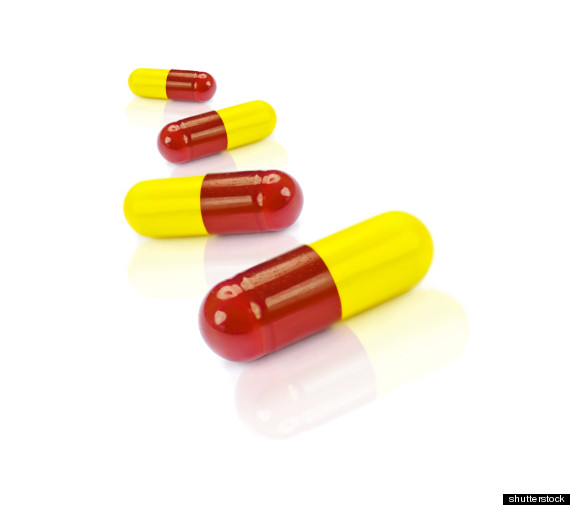Too many people are putting themselves at risk by having unsafe sex, health experts have warned, as figures were released showing a "disappointing" rise in the number of new cases of sexually-transmitted infections (STIs).
The Health Protection Agency (HPA) said diagnoses of STIs in England rose by 2% from 419,773 new cases in 2010 to 426,867 last year.
The steepest rise was in gonorrhoea which leapt 25% from 16,835 cases to 20,965, followed by diagnoses of syphilis, which rose by 10% from 2,650 to 2,915 cases. New cases of genital herpes rose by 5% from 29,794 to 31,154 in the same period.
![condom]()
The agency said there was a "significant rise" in the number of new diagnoses of STIs among gay men. There was also a high rate of STIs amongst young heterosexual adults aged between 15 and 24 years old.
It warned that the rise in gonorrhoea cases was of concern as there was emerging resistance to gonorrhoea treatment presenting the "very real danger" of untreatable cases in the future.
Dr Gwenda Hughes, head of the HPA sexually transmitted infections surveillance section, said there had been a steady increase over the past decade of the number of new diagnoses of STIs, apart from last year when there was a small decline.
"The reasons for this are numerous. There has been a lot more testing of STIs, there have been a lot more people going to clinics and getting an STI test, we have also been using much more sensitive testing - we are picking up more infections," she said.
"But we do think that there is quite a lot of evidence of on-going unsafe sexual behaviour as well. We think that it is a combination of all these things that is responsible for the increase."
She added: "We know that one of the reasons for the big increase in gonorrhoea is partly to do with much better testing for this infection and particularly amongst men who have sex with men.
"However we are still concerned about this because gonorrhoea is an infection that has become increasingly difficult to treat.
"We have seen emerging resistance to the current frontline antibiotics that are used.
"At the moment if you want to be treated for gonorrhoea you will get an injection, it won't be a tablet.
"We are worried that in the next five years, or some point in the future, that this is going to be a very difficult infection to treat."
![gay men]()
Dr Paul Cosford, HPA director of health protection services, said: "We are not saying that gonorrhoea is untreatable at the moment in this country.
"We are saying that treatments that have been used are becoming less effective.
"We are on to injectable treatments as first line treatment now and it is unclear where the next treatment options will come from.
"Globally, we are seeing some cases of resistance to what we in this country use as first line treatment."
Lisa Power, of the Terrence Higgins Trust, the HIV and sexual health charity, said they were campaigning to raise awareness of STIs, but there had been a "real reduction" in health promotion work at local level with gay men.
"Increasing numbers of men who have sex with men are meeting their partners on line and through the use of apps on their phones and things like that," she said.
"So we are starting to work in those areas."
She added: "It is about getting messages through to people in the ways that they will hear. You can't just lecture someone from afar in medical language and expect them to actually get what it means for their real lives.
"We are getting these materials out, we are running campaigns but there is a real reduction in local activity across the country in health promotion for men who have sex with men and gay men and we need to be dealing with that."
A 4% fall in the number of cases of chlamydia in young adults, which often has no symptoms and can result in infertility was due to a "worrying trend" where fewer younger adults were being screened, the agency added.
The HPA said it was essential that a condom is always used when having sex with casual and new partners.
The agency added that sexually active under 25-year-olds should be screened for chlamydia every year and on change of a sexual partner.
Gay men who have unprotected sex with casual or new partners should be tested for HIV and STIs at least once a year and every three months if changing partners regularly.
A Department of Health spokesman said: "The fact that more people are coming forward to be tested and the improvements there have been in the way tests are done is to be welcomed.
"But it's also clear that not enough people are taking care of their sexual health.
"Sexually transmitted infections can lead to infertility and other serious health problems. The message is clear whatever your age, you should always use a condom."




























